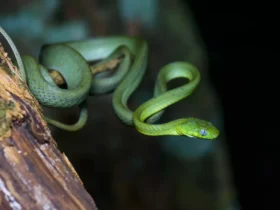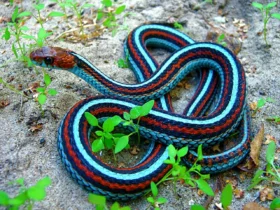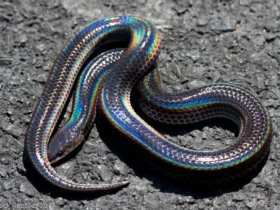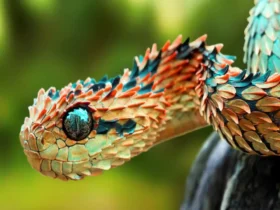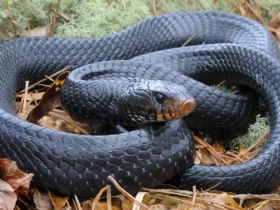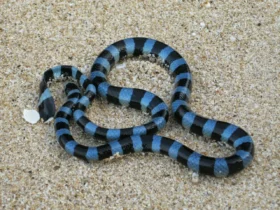The Banded Malayan Coral Snake (or Malaysian Striped Coral Snake), scientifically known as Calliophis intestinalis, is a captivating reptile found in the dense forests and habitats of Southeast Asia. This striking species, with its vivid colors and venomous nature, has long fascinated herpetologists and snake enthusiasts alike. In this article, we will delve into the intriguing characteristics and behaviors of the Banded Malayan Coral Snake, shedding light on its unique adaptations and role within its ecosystem.
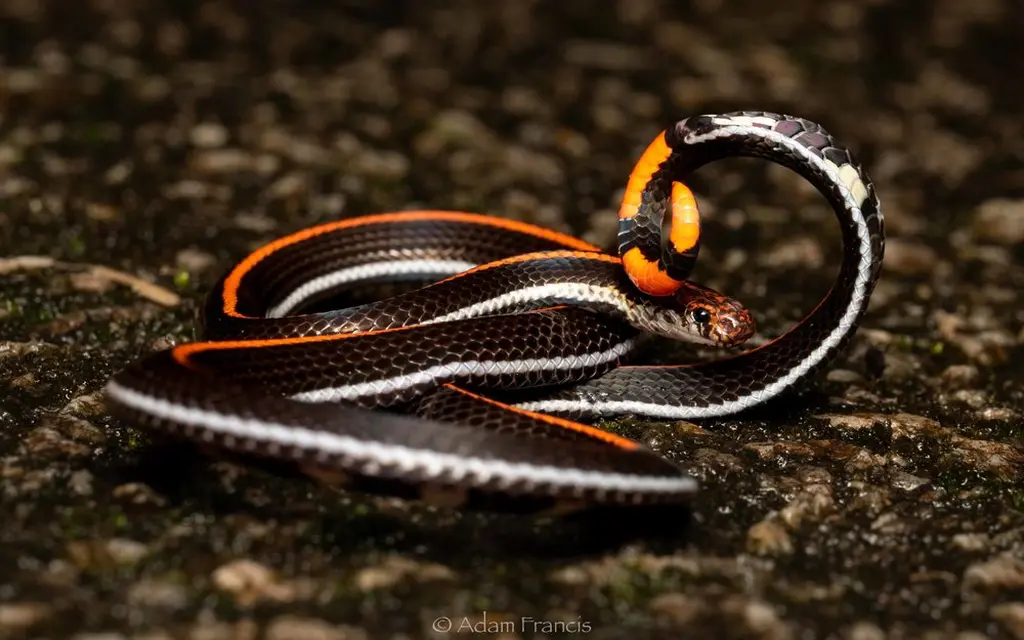
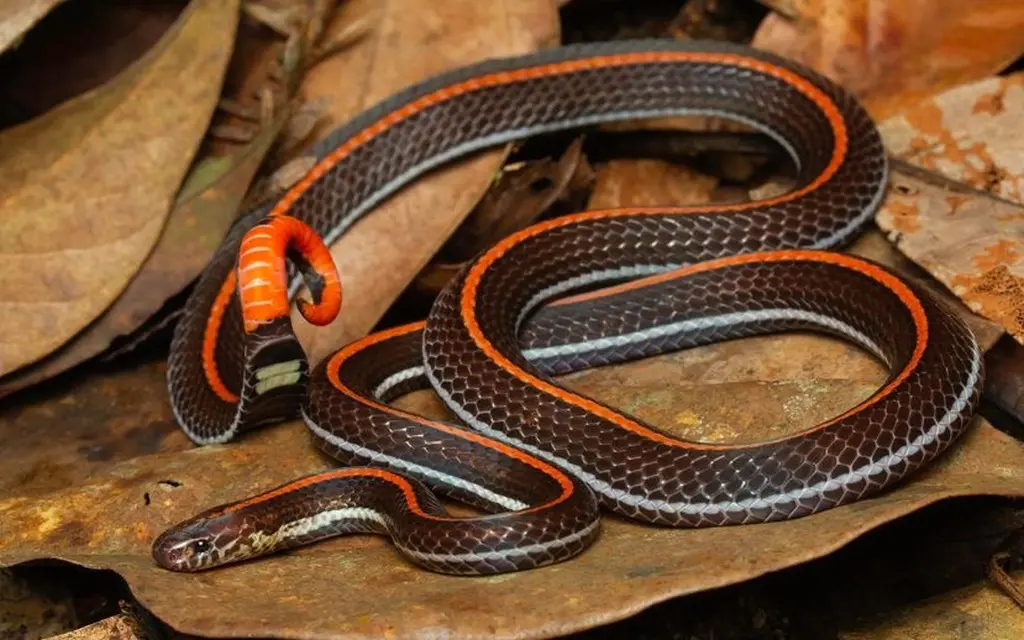

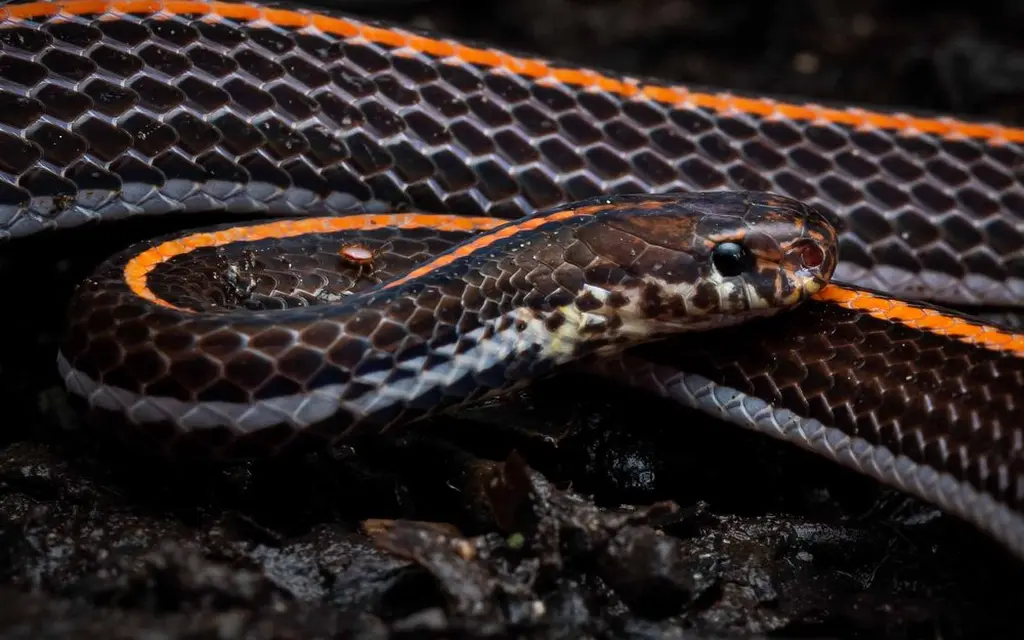
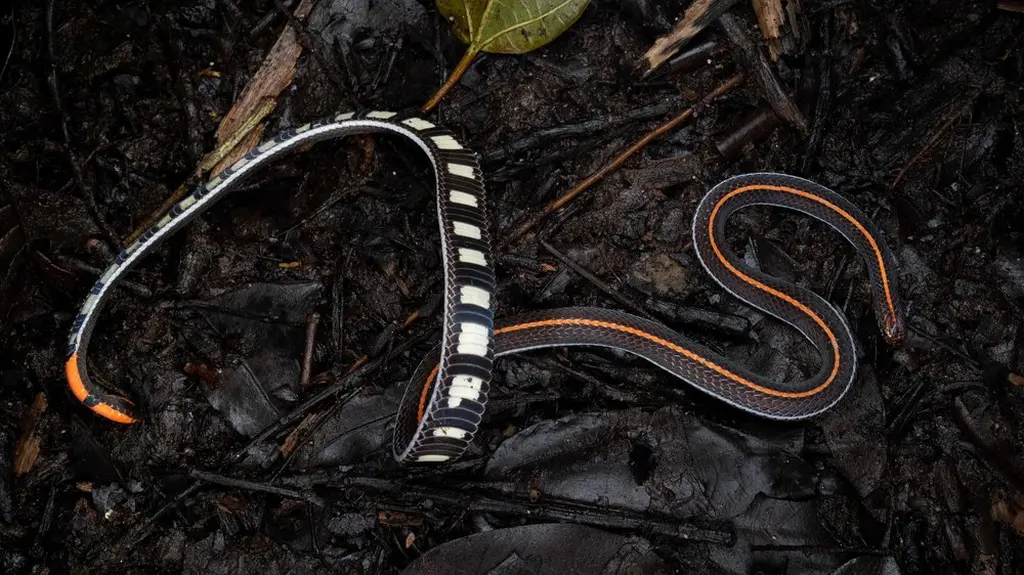
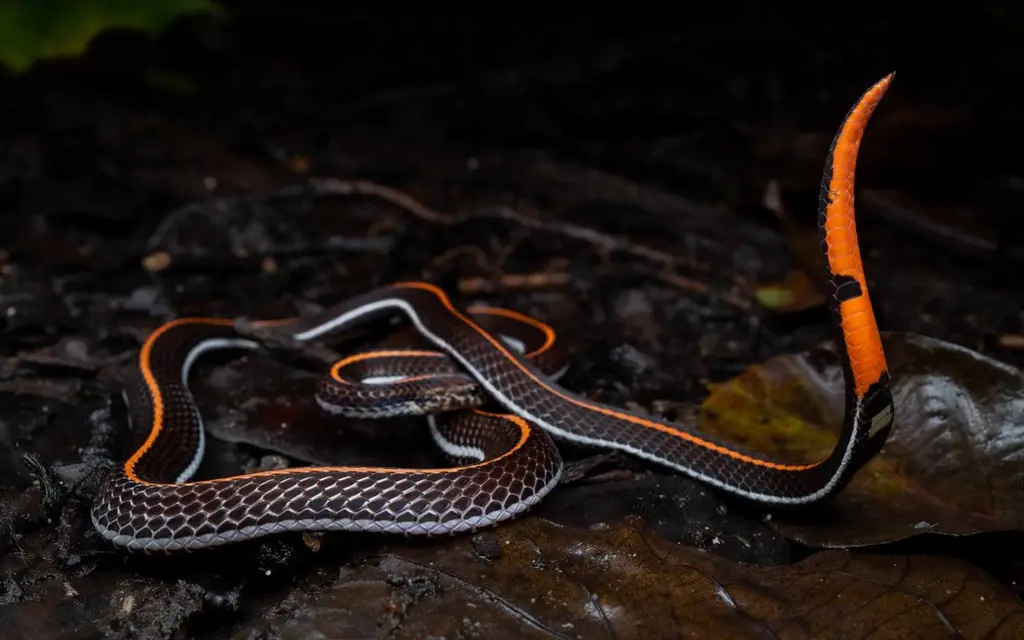

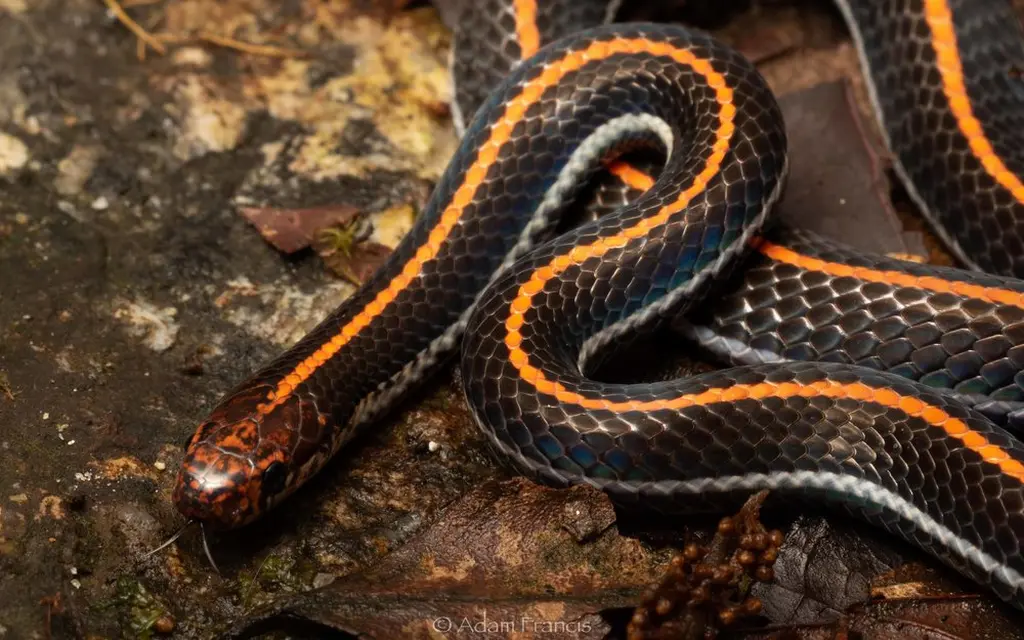
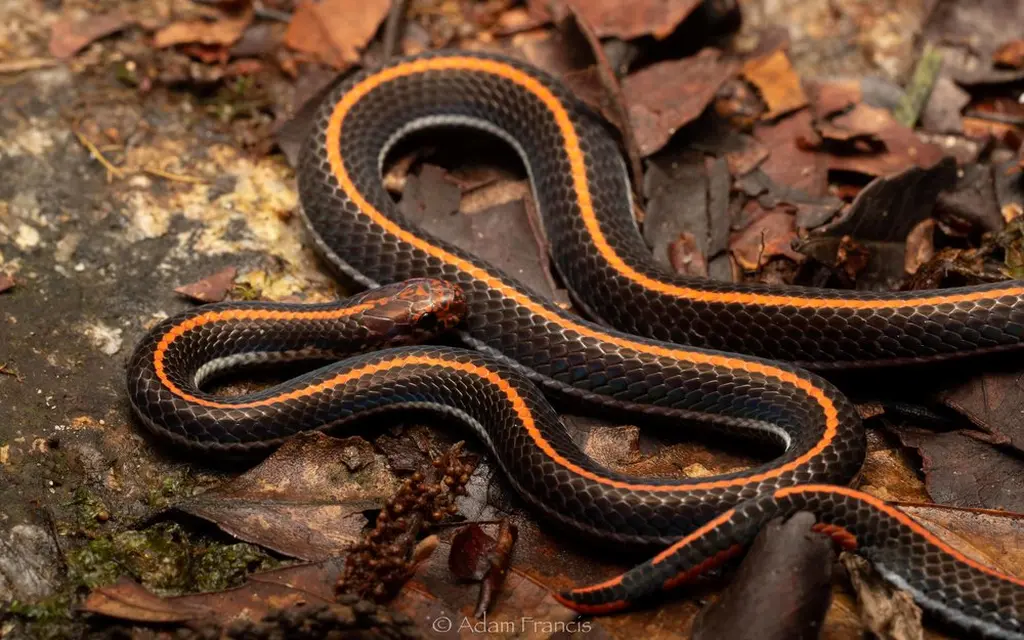
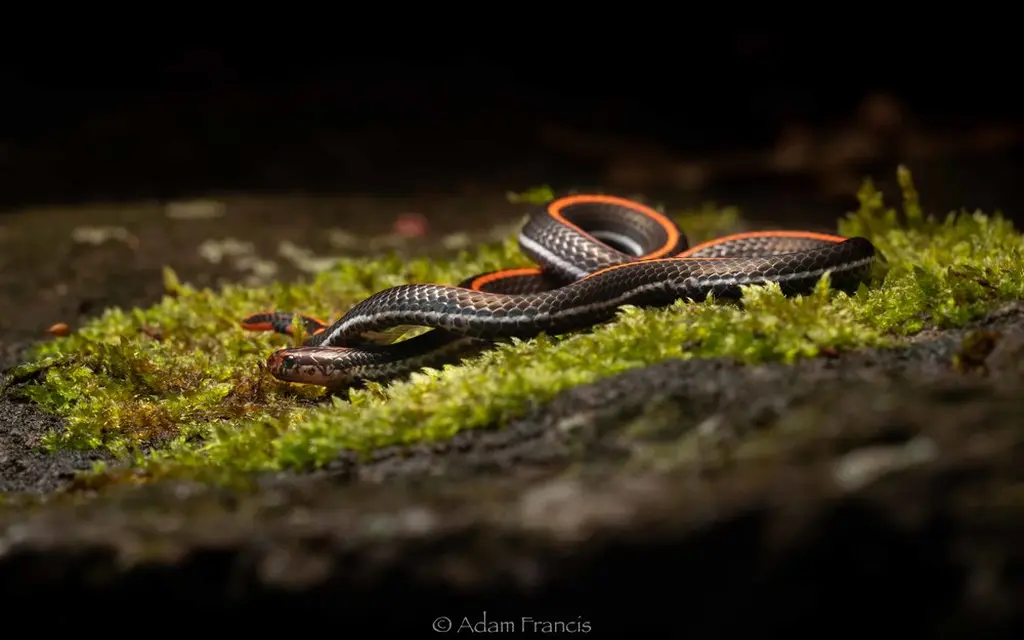
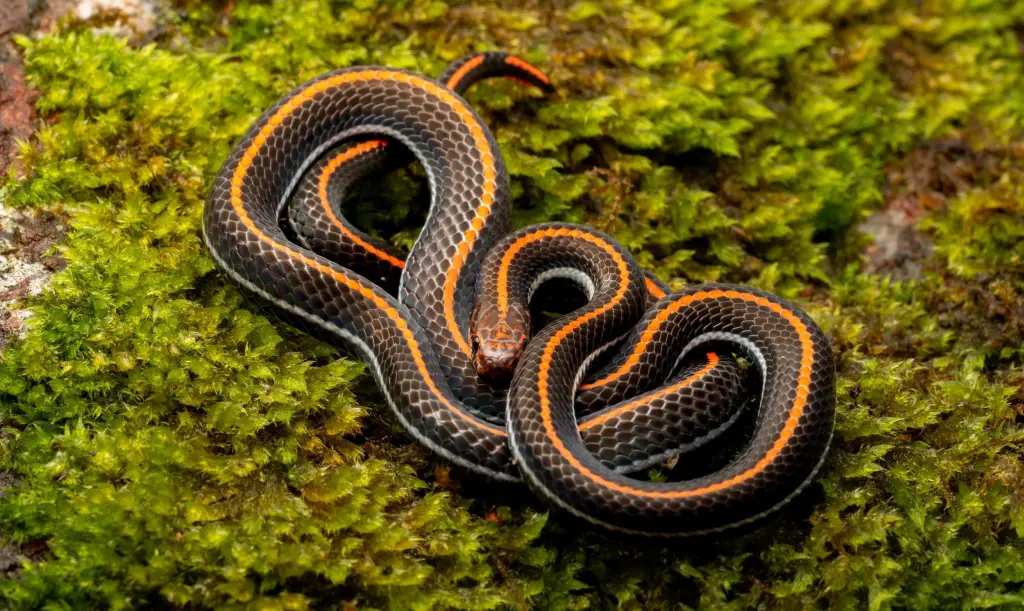
Physical Appearance and Coloration
The Banded Malayan Coral Snake is known for its slender body, averaging between 40 to 80 centimeters in length. Its cylindrical shape allows it to navigate easily through the undergrowth, while its glossy scales provide protection and contribute to its vibrant appearance. This snake boasts a distinctive color pattern, characterized by alternating bands of black, yellow, and red. The bright red bands serve as a warning sign, alerting potential predators to its venomous nature, while the black and yellow bands offer camouflage in the dense vegetation.
Venom and Predatory Behavior
Equipped with potent venom, the Banded Malayan Coral Snake is an efficient predator within its habitat. Its venom primarily targets small vertebrates, including lizards, frogs, and other snakes. Like other elapids, the Banded Malayan Coral Snake possesses fixed front fangs through which it delivers its venom. Unlike vipers, it lacks the ability to fold its fangs against the roof of its mouth. This snake immobilizes its prey by injecting venom into them and then swallows them whole, relying on its flexible jaw to consume larger victims.
Habitat and Distribution
The Banded Malayan Coral Snake inhabits a diverse range of ecosystems, including rainforests, bamboo thickets, and grasslands, across Southeast Asia. It can be found in countries such as Thailand, Malaysia, Singapore, and Indonesia. This elusive species prefers areas with dense vegetation and ample ground cover, allowing it to hide and hunt effectively. While predominantly terrestrial, it is also an accomplished climber, using its prehensile tail to grip branches and reach arboreal prey.
Reproduction and Lifecycle
Little is known about the reproductive behavior of the Banded Malayan Coral Snake in the wild. However, like most snakes, it is believed to reproduce sexually, with females laying eggs. After mating, the female deposits her eggs in concealed locations, such as leaf litter or rotting logs. The clutch typically consists of four to six elongated eggs. Incubation periods vary depending on environmental conditions, with hatchlings emerging after several weeks or months. Once born, the young snakes are fully independent and equipped with venom from birth.
Ecological Importance
The Banded Malayan Coral Snake plays an essential role in maintaining ecological balance within its habitat. As a predator, it helps control the population of small vertebrates, contributing to the overall diversity and stability of the ecosystem. Additionally, this snake serves as prey for larger predators, including birds, mammals, and other snake species, making it a vital component of the food web.
Final Thought
The Banded Malayan Coral Snake, with its striking appearance and venomous nature, is a captivating species that symbolizes the incredible biodiversity of Southeast Asia. Its distinctive coloration, predatory behavior, and adaptability to various habitats make it a fascinating subject of study. As we continue to explore and appreciate the wonders of nature, understanding and conserving such remarkable creatures remain crucial for the preservation of our planet’s rich biodiversity.

